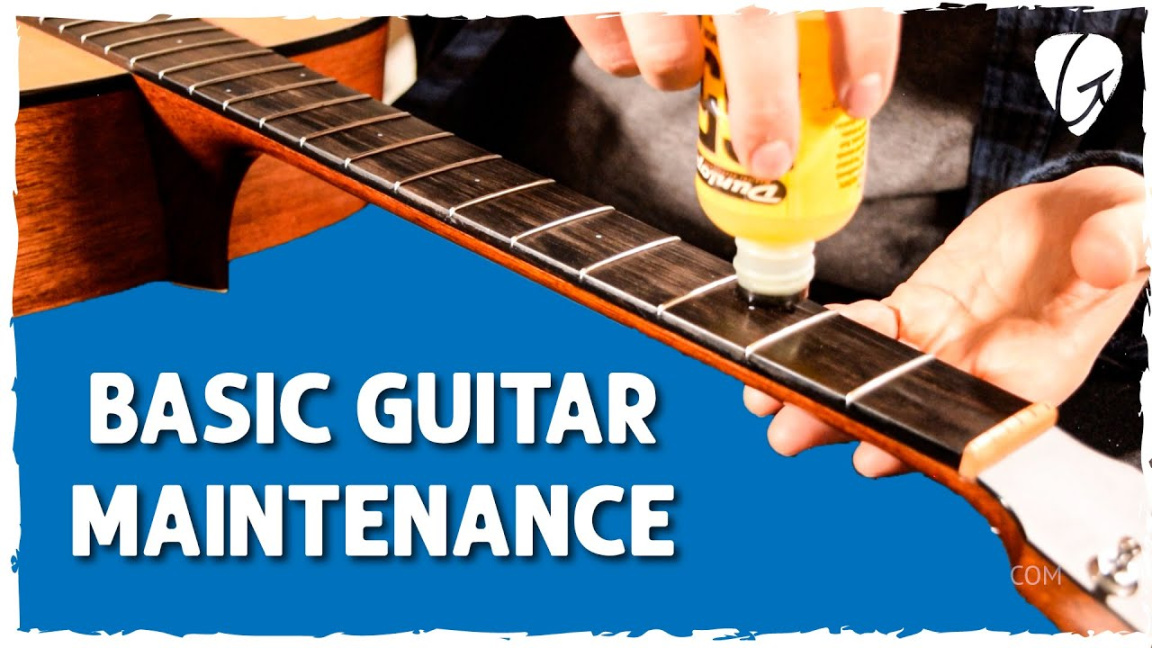—
Guitar Maintenance Tips: Keep Your Axe Humming
So, you’ve got a guitar. Awesome! Whether it’s an acoustic that’s been with you through thick and thin, or an electric that screams when you want it to, keeping it in good shape is super important. You wouldn’t let your car fall apart, right? Same goes for your guitar. It’s an investment, and more importantly, it’s your musical voice. Let’s dive into some easy-to-follow tips to keep your axe playing its best.
Regular Cleaning: Wipe It Down
Seriously, just a quick wipe-down after you play makes a huge difference. Think about it: your hands leave sweat, oils, and general gunk on the strings and fretboard. That stuff can corrode your strings and make your fretboard sticky. Grab a soft, lint-free cloth (like a microfiber cloth), and give your guitar a gentle once-over. Pay extra attention to the strings, the area around the bridge, and the neck. You don’t need fancy cleaners every time; a dry cloth is often enough.
String Changes: Fresh Strings, Fresh Sound

Strings wear out. It’s a fact of life. Old strings sound dull and can even affect your intonation (how in tune your guitar is). How often you change them depends on how much you play, but a good rule of thumb is every few weeks to a couple of months. If you play every day, you’ll need to change them more often. You’ll know they need changing when they start to feel rough, sound dead, or just look dirty. Changing strings might seem intimidating at first, but there are tons of tutorials online. It’s a skill you’ll be glad you learned.
Fretboard Care: Keep It Hydrated
The fretboard, especially on acoustic guitars and some electrics, is often made of wood like rosewood or ebony. These woods can dry out, which can lead to cracks and fret sprout (where the ends of the frets stick out). To prevent this, you’ll want to condition your fretboard with a specialized fretboard oil. Do this every few months, or whenever the fretboard looks dry. Just apply a small amount of oil to a cloth and rub it into the wood. Let it sit for a few minutes, then wipe off any excess. This will keep your fretboard looking and feeling great.
Humidity Control: Especially for Acoustics
Acoustic guitars are particularly sensitive to humidity. Too much or too little can cause serious problems, like cracks, warping, and changes in the guitar’s action (how high the strings are off the fretboard). Ideally, you want to keep your guitar in a humidity range of around 45-55%. You can use a hygrometer (a device that measures humidity) to monitor the humidity in your room. If it’s too dry, you can use a humidifier. If it’s too humid, you can use a dehumidifier. There are also in-case humidifiers designed specifically for guitars.
Proper Storage: Don’t Leave It Lying Around
Don’t just leave your guitar lying on the couch or leaning against a wall. It can easily get knocked over or damaged. Invest in a good guitar stand or case. Stands are great for easy access, but cases offer better protection, especially when you’re traveling. Make sure your guitar is stored in a stable environment, away from extreme temperatures and direct sunlight.
Neck Adjustments: Truss Rod Tweaks
The truss rod is a metal rod that runs through the neck of your guitar. It’s used to adjust the curvature of the neck, which affects the action. If your strings are buzzing or if the action is too high, you might need to adjust the truss rod. This is a more advanced procedure, and if you’re not comfortable doing it yourself, it’s best to take your guitar to a professional. Incorrect truss rod adjustments can cause serious damage.
Intonation: Keep It in Tune Across the Fretboard
Intonation is how well your guitar stays in tune as you play up the neck. If your guitar is in tune at the open strings but out of tune higher up, you need to adjust the intonation. This involves adjusting the saddles on the bridge. Again, this is something you might want to have a professional do if you’re not experienced.
Hardware Check: Tighten Things Up
Over time, the screws and other hardware on your guitar can loosen. Periodically check the tuning pegs, strap buttons, and bridge screws to make sure they’re tight. A loose tuning peg can affect your tuning stability, and a loose strap button can lead to your guitar falling. Use a screwdriver to gently tighten any loose screws.
Electronic Maintenance: For Electric Guitars
If you have an electric guitar, you’ll also need to take care of the electronics. Dust and dirt can accumulate in the pots (the knobs that control volume and tone) and switches, causing them to become scratchy or stop working. You can use a specialized electronic cleaner to clean these components. If you’re not comfortable working with electronics, it’s best to take your guitar to a professional.
Professional Setups: Regular Checkups
Even if you’re diligent about maintenance, it’s a good idea to take your guitar to a professional for a setup every year or so. A setup includes things like adjusting the truss rod, setting the intonation, and checking the electronics. A professional can also spot any potential problems before they become serious.
In conclusion, taking care of your guitar isn’t just about keeping it looking nice; it’s about ensuring it plays its best and lasts for years to come. Simple things like wiping it down, changing the strings, and controlling the humidity can make a huge difference. Don’t be afraid to learn the basics of guitar maintenance, but also know when to seek professional help. Your guitar will thank you, and your music will sound better for it.

